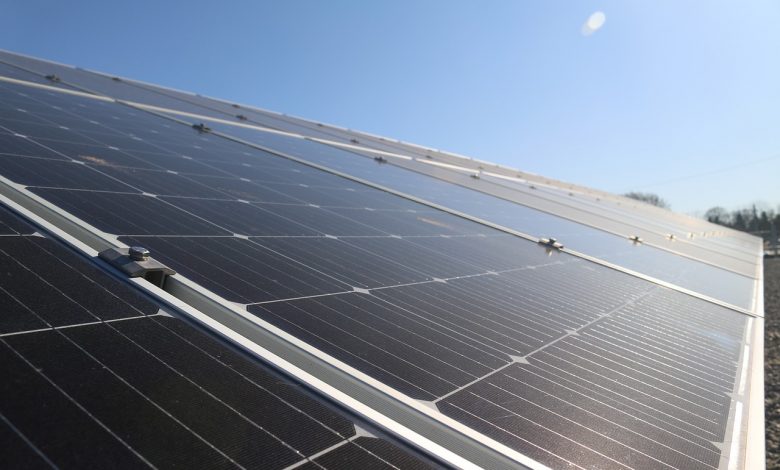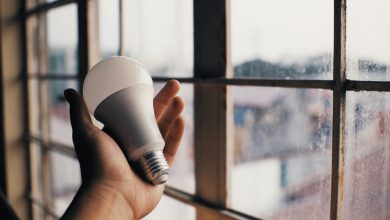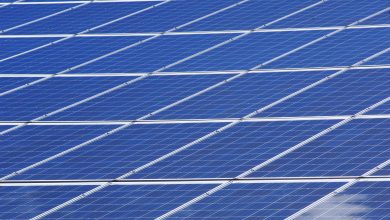
Solar power is a sustainable, renewable energy source that in itself doesn’t produce any carbon emissions. The amount of electricity it uses to operate is minimal, yet the potential savings in your household bills are substantial. When a Smart meter is included in a solar panels installation, you can accurately monitor your electricity usage leading to further reductions in your energy expenditure.
How do Solar Panels Work?
Solar panels contain rows of photovoltaic cells which absorb energy from the sun’s rays. Even on a cloudy or rainy day, they manage to harness around 25% of the power they usually gain when working at maximum strength. The energy is converted to usable electricity during the daytime. If a battery storage system is installed, the energy can be reserved for use overnight.
What can a 300 Watt Solar Panel Run?
Typically, a 300 Watt solar panel produces 1.2 kWh of energy from four hours of sunlight. This is usually adequate for the daily operation of a small refrigerator. Alternatively, you could run several appliances such as a vacuum cleaner, food processor and a laptop. By comparison, a 500 Watt solar panel could produce 4 kWh from up to eight hours of sun. The energy could be enough to recharge your vehicle overnight. Multiple panels of any size provide greater amounts of usable electricity.
How many Solar Panels does the Average Home Need?
If you want solar power to provide 100% of your home’s electricity requirements, you might need between twenty and twenty-five solar panels. Much depends on the position of your roof in relation to the sun, the average amount of sunshine and how many appliances you use in your home. However, identifying wasteful practices could help reduce the amount of electricity you still have to obtain from the grid. That’s where a Smart meter can be a great advantage. It helps you monitor your energy consumption in real time. It helps identify waste such as unnecessarily leaving appliances on standby.
What are the Disadvantages of Solar Energy?
The cost of installing solar panels can be expensive, although most homes usually recoup their investment within seven years. Some people find their electricity bills actually increase. This is often due to a false belief that an excessive use of electricity will be compensated for by their solar panels. Most homes combine solar power with electricity from the grid. It is still beneficial to compare electricity contract with sähkön kilpailutus details to discover which supplier is the most economical. To gain the most benefit from installing solar panels, you need to find inexpensive grid electricity and use your Smart meter to identify waste.
Can I Buy and Install Solar Panels Myself?
It is possible to save money by installing your own solar panels system. DIY kits are available that include all the components you’ll need. However, any errors arising from a DIY installation can cause your system to function inefficiently. In addition, a DIY installation can make your home ineligible for a number of benefits. Homeowners can often save money through government grants to help with installation costs. They can also earn money selling their surplus electricity to the grid through a Feed-in-Tariff scheme. However, both of these incentives usually rely on official recognition through installations being carried out by accredited, professional engineers.
Conclusion
Solar power is a sustainable green energy that’s freely provided by the sun. Solar panels are environmentally-friendly and virtually carbon-neutral. But to save the most money on your household energy bills, they need to be combined with a Smart meter and a consistent effort to reduce electrical waste within your home. A reliable supplier of cheap energy should also reduce the cost of any electricity supplied by the grid.



